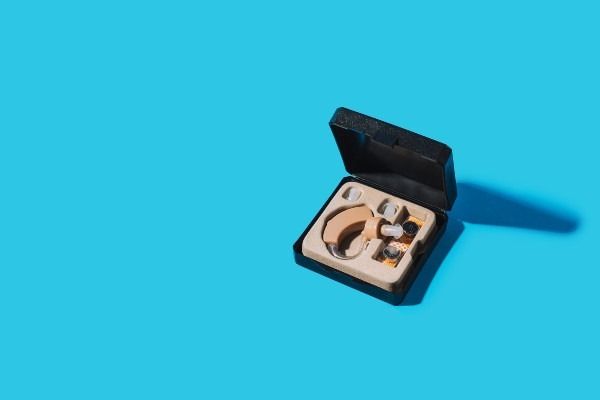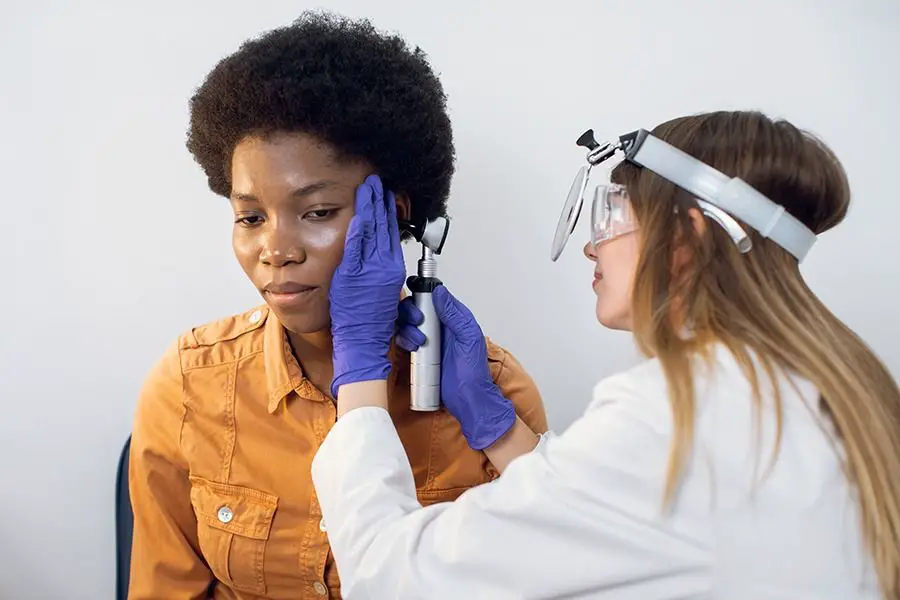Otosclerosis, a progressive hearing disorder primarily affecting the senior population, presents challenges that extend beyond the medical realm. This blog post aims to shed light on the often-overlooked aspects of living with Otosclerosis and Otospongiosis, including the psychosocial consequences, economic burdens, impacts on self-esteem and confidence, effects on leisure activities, and adaptation strategies. By bringing these narratives to the forefront, we aim to deepen the understanding of these conditions and provide a source of shared experience and advice for those embarking on a similar journey.
The Psychosocial Impact of Otosclerosis and Otospongiosis Living with Otosclerosis or Otospongiosis often involves navigating a complex web of psychosocial challenges. Individuals may experience fear, social isolation, and stigma associated with hearing loss. For instance, John, a 67-year-old diagnosed with Otosclerosis, initially felt overwhelmed by the fear of progressive hearing loss and its potential impact on his life. He found solace in a support group, where sharing experiences helped him manage these challenges. Similarly, Susan, a retired teacher, confronted the stigma associated with her hearing loss by educating others about Otosclerosis, regaining her confidence and initiating important conversations about the condition.
Otosclerosis An In-depth Overview
Embarking on our journey, it’s vital to have a clear understanding of otosclerosis. This medical condition primarily affects the stapes, a tiny bone in the middle ear. In people with otosclerosis, abnormal bone growth develops around the stapes, gradually causing it to lose flexibility and hampering its ability to transmit sound to the inner ear.
The result? A progressive hearing loss that often begins subtly, making it difficult to hear low-frequency sounds or whispers. As otosclerosis advances, it can lead to more profound hearing loss and other symptoms such as tinnitus—a persistent ringing or buzzing sound in the ear.
Despite extensive research, the exact cause of otosclerosis remains elusive. Scientists believe it is a combination of genetic and environmental factors. While there is currently no cure for otosclerosis, various treatment options can effectively manage its symptoms, providing a beacon of hope for those affected by this condition.
Economic Challenges Faced by Individuals with Otosclerosis and Otospongiosis Otosclerosis and Otospongiosis also bring significant economic burdens. The cost of hearing aids, maintenance, specialist appointments, and treatments can be substantial. Carol, a 72-year-old woman, struggled with the cost of high-quality hearing aids, adjusting her budget to accommodate this expense. For those still in the workforce, like Mike, a 59-year-old accountant, Otosclerosis posed a threat to his job due to communication challenges. However, with workplace support and assistive technologies, he managed to continue working, highlighting the importance of accommodating environments for people with these conditions.
Latest Developments in Otosclerosis and Otospongiosis Research Recent newspaper articles have highlighted significant advancements in the research and treatment of Otosclerosis and Otospongiosis. Publications like The New York Times and The Guardian have reported on innovative genetic studies and new treatment approaches, indicating a promising future in managing these conditions.
FAQs About Otosclerosis and Otospongiosis
- What are Otosclerosis and Otospongiosis? Both are ear disorders causing abnormal bone growth, leading to hearing loss.
- How are these conditions treated? Treatment includes hearing aids, surgery, and potentially cochlear implants.
- What are the latest treatments for Otosclerosis and Otospongiosis? Recent advancements include improved cochlear implants and genetic therapies.
- Can these conditions be cured? While there’s no current cure, ongoing research shows promising potential.
- Are Otosclerosis and Otospongiosis genetic? Studies suggest a genetic component in both conditions.
- How do these conditions affect hearing? They lead to progressive hearing loss due to abnormal bone growth in the ear.
Practical Tips for Managing Otosclerosis and Otospongiosis
- Regular hearing assessments are crucial for early detection and management.
- Explore various hearing aid options to find the best fit for your needs.
- Stay informed about the latest research and treatment advancements.
- Consider participating in clinical trials to contribute to research.
- Maintain a healthy lifestyle to support overall ear health.
Annotated References
- The New York Times – Health Section: Features articles on recent genetic studies and new treatments for Otosclerosis and Otospongiosis.
- The Guardian – Science: Provides insights into the latest research and advancements in Otosclerosis and Otospongiosis treatment.
HEARING QUEST
TINNITUS GURU
HEARING LOSS NEWS






